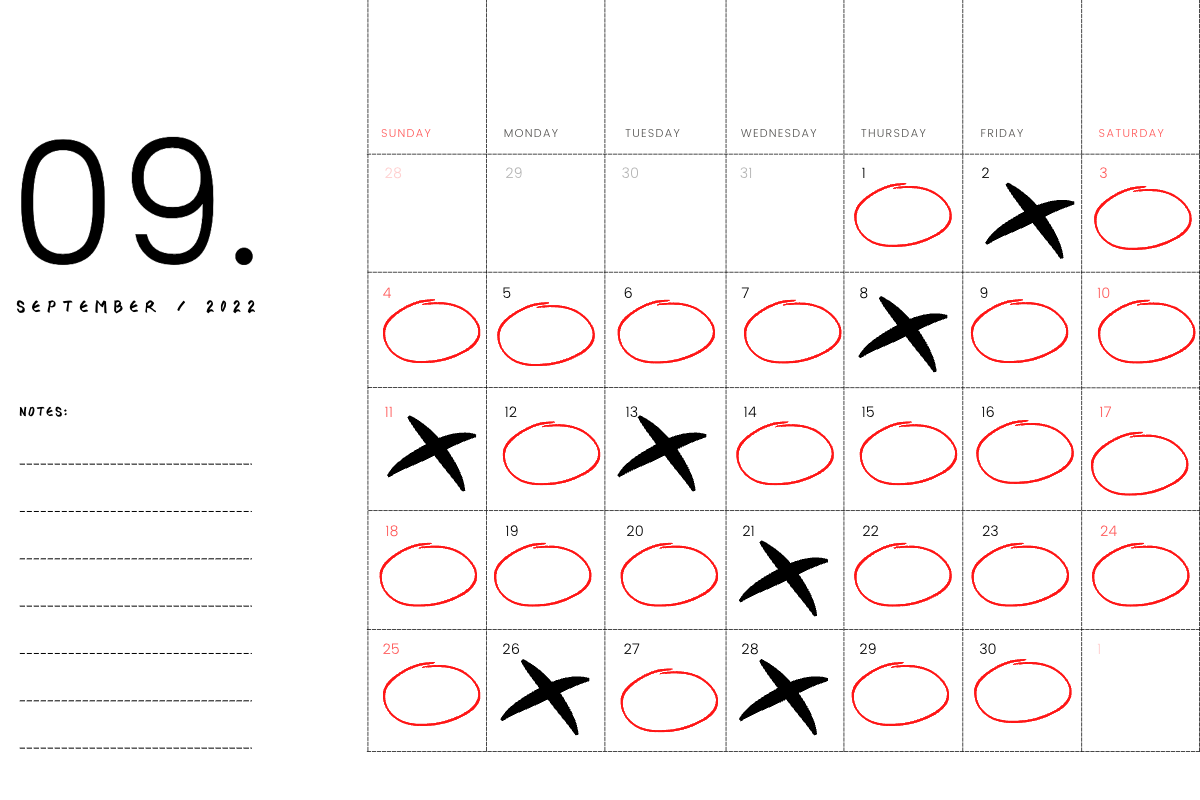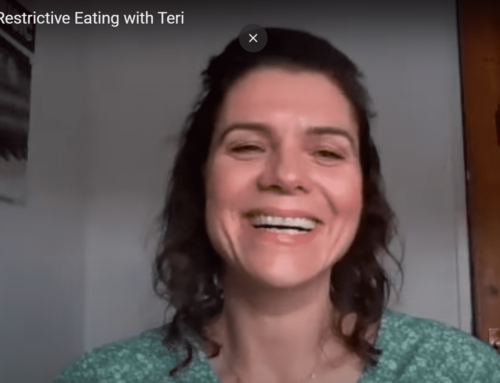What to do if calorie counting isn't for you
Calories are the foundation of good nutrition so making calorie control easier has to be helpful because:
- Improving your performance or growing muscle needs enough fuel (sufficient calories).
- To get leaner you need to eat less (a calorie deficit).
Minimal Calorie Counting, Maximum Results
Now, maybe you’re put off by the idea of ‘calorie counting’.
Perhaps the thought of meticulously tracking everything that goes into your mouth is overwhelming.
The good news is that you don’t have to track every single calorie to maintain a healthy diet.
Calories do count, but there’s a more manageable way to control them while still enjoying your meals and snacks.
This article will help you:
- Understand how much food to eat to be leaner, stronger, and more athletic.
- Put together a balanced plate of food to support your goal.
- Give you a flexible ‘meal plan’ you can follow without daily calorie counting.
First things first…
Understanding Your Calorie Requirements
The first step is to understand your daily calorie needs.
Everyone’s needs are different, depending on factors like age, gender, activity level, and metabolism.
To get a rough estimate, I recommend the Awesome Supplements calorie calculator.
Again, you don’t need to actively track these calories but knowing your daily calorie target gives you a solid foundation to work from.
Divide and Conquer for Easier Calorie Control
Now that you know your calorie goal, divide it by four.
For example, if your daily calorie target is 2,000 calories, you would aim for approximately 500 calories at breakfast, lunch, and dinner with 500 calories ‘spare’.
You’ll find out how to use those spare calories shortly so keep reading…
Balanced Meal Planning Makes Calorie Control Easier
Whether you like it or not, planning is the ultimate ‘hack’ when it comes to good nutrition.
So, you’re going to start planning your meals with that calorie goal in mind.
Aim for balanced and nutritious options that include a mix of protein, carbohydrates, and healthy fats.
Don’t forget to incorporate plenty of fruits and vegetables for essential vitamins and minerals.
That Looks like this:


Three Meals, One Goal
Use the images above to plan three main meals.
Use a calorie tracking app or Google to work out how many calories that meal contains (you only need to do this once).
Using our example of 2,000 calories per day, that’s 500 calories per meal.
If you don’t increase the portion size, there’s no need to track that meal again.
We all eat similar meals so do this exercise for your favourites and you’ll have a weekly ‘menu’ in no time at all.
Snacks and Indulgences
What about those times when you want a snack or a treat?
There’s room for those too!
That’s exactly why you saved up a quarter of your daily calorie allowance.
It’s a flexible ‘budget’ that allows you to enjoy your favourite snacks or occasional indulgences and still consume the right number of calories for your goal.
Tracking Unusual Foods
Now, here’s where the magic happens: you then only need to track the “unusual foods.”
These are the items that might not fit neatly into the meal plan you’ve made for yourself, like meals out, takeaways, ready meals, booze etc.
Basically, any time you just fancy eating differently to what you had planned.
Tracking these can be as simple as reading the label or checking the menu for calorie information.
Yes, you are calorie counting but it’s only on the odd occasion you deviate from your ‘go to’ meals.
By following this strategy, you’re making calorie control more manageable and sustainable.
It gives you structure and accountability without obsessing over every calorie you consume or tapping everything you eat into an app over the family dinner table.
As always, you don’t need to be perfect just consistent enough. If 80% of your meals are on point, you’ll get the results you’re after.
Use this approach to give you flexibility while being mindful of your calorie intake.
Over time planning like this becomes second nature and helps you maintain a balanced and healthy relationship with food.
So, don’t let the idea of calorie counting overwhelm you.
Try out this simplified method, and you’ll find it easier than ever to reach your health and fitness goals.
Overcoming Common Challenges: Your Roadmap to Easier Calorie Control and Portion Mastery
Knowing what to do is often simpler than putting the knowledge into practice.
So, here’s some common challenges and how to overcome them:
1. Lack of Awareness: Lack of awareness of portion sizes and the protein content in their meals it the biggest issue I see with all my clients.
Solution: Use the plate images above to give you a visual reference of the amount of food you need for your goal.
2. Emotional Eating: Emotional eating can lead to overeating, making it difficult to control calorie intake. It’s natural to turn to food to cope with stress, boredom, or other emotions.
Solution: H.A.L.T! Ask yourself if you’re Hungry, Angry, Lonely or Tired. A good way to tell if you’re genuinely hungry or emotional is to ask yourself ‘would a piece of fruit do’? If not then try to identify triggers and begin to come up with solutions using this exercise from Precision Nutrition or seeking support from a professional.
3. Social Pressures: Social gatherings, celebrations, and dining out with friends and family can make it challenging to stick to a calorie-controlled plan.
Solution: Tell people your goals, their support might surprise you! It can also help to review the menu beforehand to plan or to simply grab a protein shake beforehand, so you don’t go into the situation hungry.
4. Inconsistent Tracking: We’re all good at kidding ourselves we’ve been on track when we really haven’t
Solution: Grab a calendar and pin it on your fridge. Put a circle on the days you were on track and a cross on the days you weren’t. Use this to spot patterns and hold yourself accountable. Sounds simple but it works!

5. Plateauing or Slow Progress: People often get frustrated when they hit a weight loss plateau or see slow progress, despite their efforts to control calories and portions.
Solution: Stalls in progress are natural, expect them and embrace them. If you put your effort into monitoring your consistency, then results tend to look after themselves. Remember, 0.3-0.5kg of fat loss per week is fantastic progress and it takes four times longer to grow muscle than lose fat!
6. Lack of Meal Planning: Many individuals struggle with impromptu eating, leading to poor portion control and unhealthy food choices.
Solution: Plan your meals at the start of the week. Yes, it’s not that fun but you rarely get to ‘have your cake and eat it’…
That’s by no means an exhaustive list!
If you struggle with controlling portions and calories, then let me know in the comments and I’ll help you solve that.
Or if you’re looking for a few more tools in your nutrition ‘locker’ then check out my article on 9 ways to track calories easily.



Comments are closed.